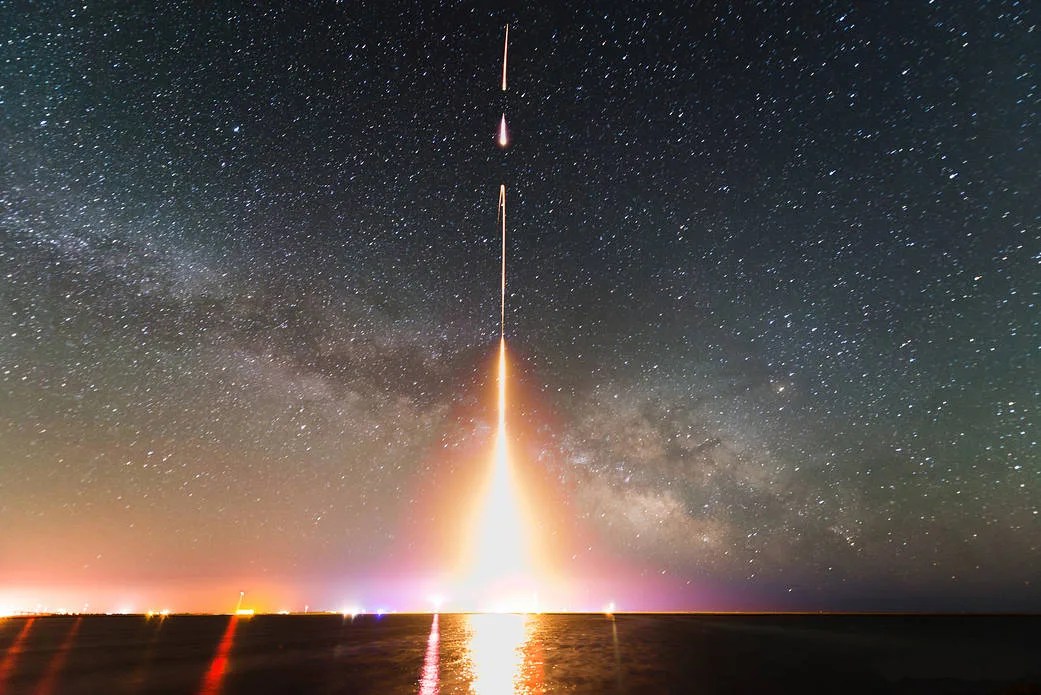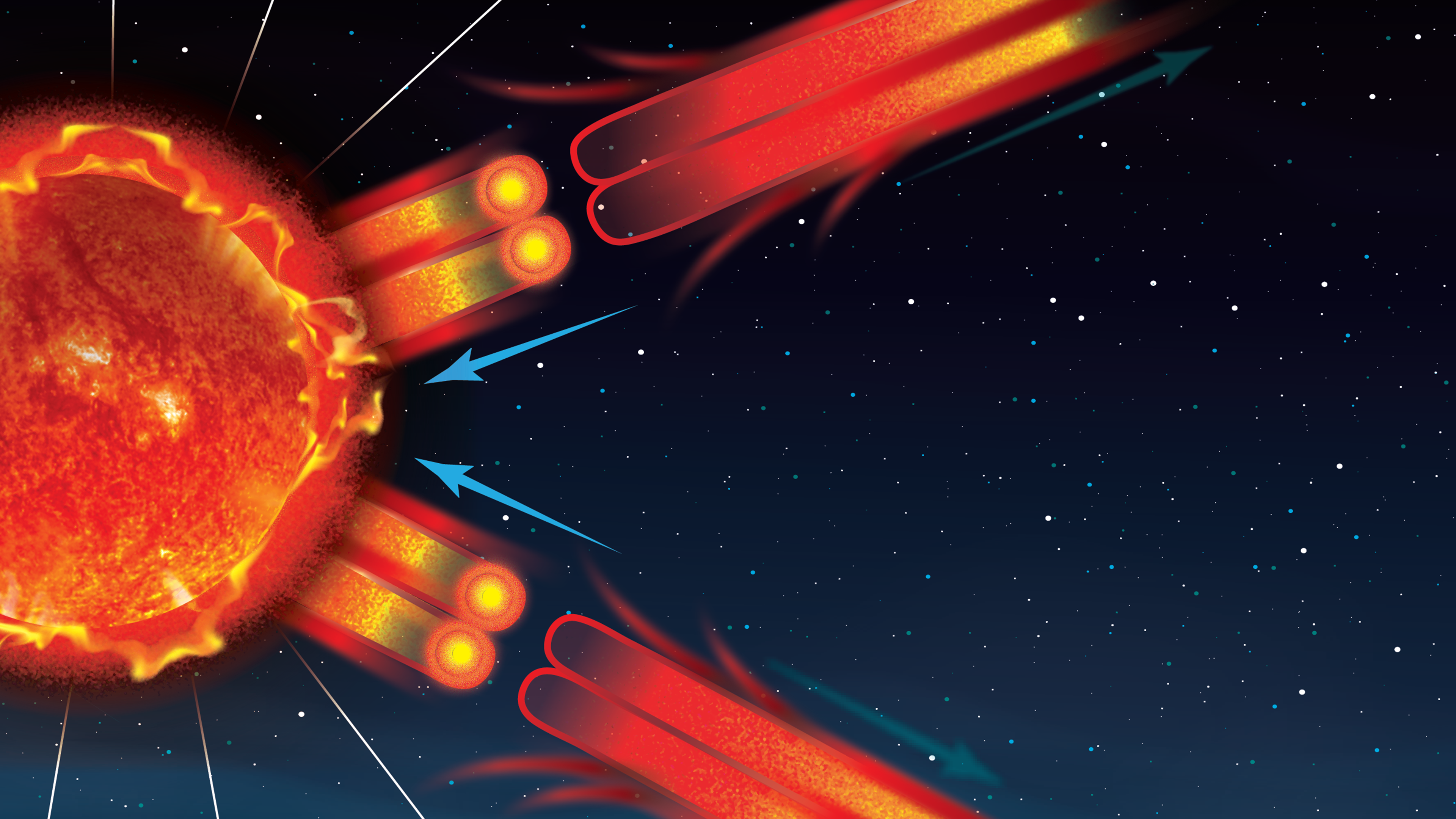
Heliophysics Strategic Technology Office: An Origin Story
In early 2022 the Science Mission Directorate’s Heliophysics Division (HPD) sought proposals for the formation of the Heliophysics Strategic Technology Office (HESTO) for the purpose of assisting with furthering the goals of the Technology Program.
The Small Satellite and Special Projects Office (S3PO), part of the Suborbital and Special Orbital Projects Directorate at Goddard Space Flight Center’s Wallops Flight Facility, was selected in the spring of 2022 to host the HESTO program. The selection of S3PO brings with it a team with extensive NASA Heliophysics technology, engineering, and project experience in suborbital and small satellite missions.
The establishment of HESTO is the product of the Heliophysics Division's technology strategy initiative, leading to the Heliophysics Technology Program and subsequently the Heliophysics Strategic Technology Office.
The HESTO team, led by a program manager and a lead scientist, will directly support Dr. Roshanak Hakimzadeh, the HPD Deputy Chief Technologist. They will actively manage the technology portfolio, providing guidance and assistance to include seeking opportunities for infusion into our science missions.
HESTO will also focus on outreach and engagement with the broad technology community through our content on the NASA Small Satellite Virtual Institute, along with other future initiatives including the establishment of a technology assessment group and hosting annual technology symposia.
An Expanding Portfolio
HESTO inherits a current portfolio of technology grants; approximately 35 awards across several years and categories of activity. In late 2023 HPD will be selecting FY22 Heliophysics Instrument Development for Science (H-TIDeS) awards that will complement the current portfolio. In 2023 HESTO will begin to interact with both its own technologists and with the broader community in earnest; a searchable database of past and current NASA Heliophysics technologies to better inform the community and foster collaboration and future investments.






























